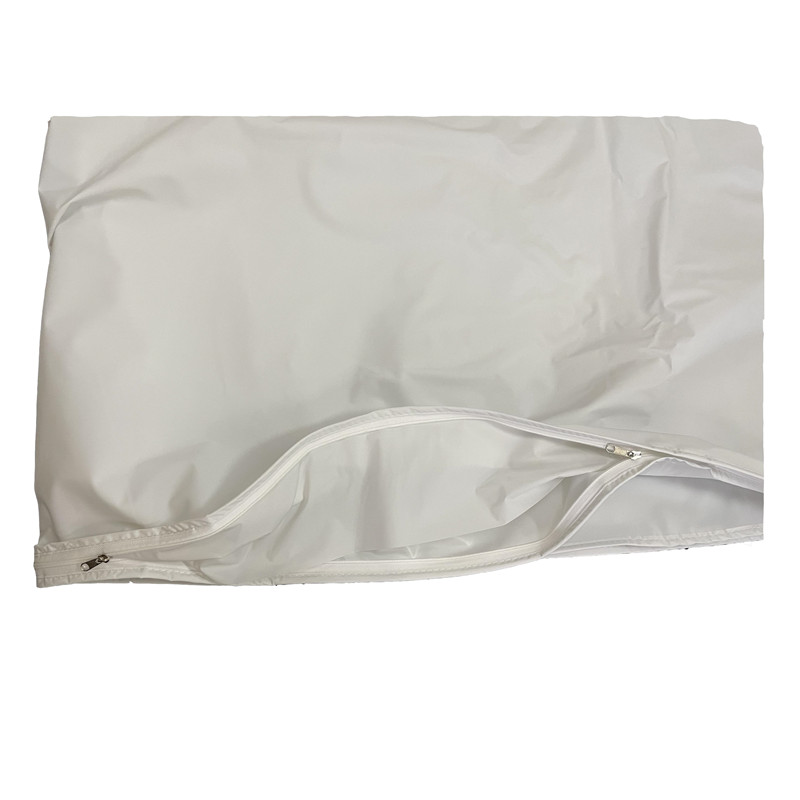Sep . 25, 2024 02:43 Back to list
pvc apron factory
Exploring the PVC Apron Factory A Look at Production and Innovation
The global demand for versatile and durable protective wear has propelled the PVC apron factory into the limelight. With applications ranging from food service to industrial work, PVC (Polyvinyl Chloride) aprons have become ubiquitous across various industries. This article delves into the operations of a typical PVC apron factory, highlighting the manufacturing process, sustainability efforts, and the future of protective apparel.
The Manufacturing Process
The production of PVC aprons begins with sourcing high-quality PVC material. This synthetic plastic polymer is preferred due to its durability, waterproof nature, and ease of maintenance. The factory typically operates under strict quality control measures to ensure that the raw materials meet industry standards.
Once the materials are secured, the manufacturing process can begin. The first step involves cutting the PVC sheets into the desired apron shapes. Advanced cutting technology, such as computer numerical control (CNC) machines, allows for precision and efficiency. After cutting, the pieces are often subjected to a cleaning process to remove any impurities that might affect adhesion during assembly.
Next, the factory moves into the assembly phase. This typically involves welding the edges of the aprons using heat-sealing techniques, which ensure durability and provide a waterproof seal. In some cases, stitching may be used, especially for reinforced aprons that require additional strength. As the aprons take shape, necessary features such as pockets and adjustable straps are added, enhancing functionality for various user needs.
Once the aprons are assembled, they are thoroughly inspected for quality. This step is crucial, as it ensures that the final product is free from defects and meets safety standards. Quality control inspectors check for proper welding, material consistency, and overall finish. After passing inspection, the aprons are cleaned, packaged, and prepared for distribution.
Sustainability Efforts
pvc apron factory

In recent years, sustainability has become an integral focus for many PVC apron factories. Overcoming the environmental impact associated with plastic production is a priority. Many factories are adopting eco-friendly practices, including recycling scrap materials and implementing waste reduction strategies.
Some manufacturers are experimenting with biodegradable PVC alternatives, which decompose more easily than traditional plastics. Furthermore, factories are increasing their emphasis on energy-efficient production processes to reduce their carbon footprint. By sourcing recyclable materials and optimizing supply chains, the PVC apron industry is stepping towards a more sustainable future.
The Future of Protective Apparel
The future of PVC aprons is promising, driven by continuous innovation and emerging market trends. With the rise of food delivery services, the demand for high-quality, waterproof aprons is expected to soar. Additionally, industries such as healthcare and construction require specialized protective wear, further expanding the market for PVC aprons.
Technological advancements are also playing a pivotal role in the evolution of PVC aprons. Smart textiles and wearables are on the horizon, with potential applications in monitoring temperature and detecting harmful chemicals. These innovations could revolutionize the way protective apparel is constructed and utilized, ensuring safety in increasingly hazardous environments.
Moreover, the customization of aprons is becoming more prevalent. Factories are offering personalized designs, allowing businesses to promote their brand while providing practical solutions for employees. This trend not only promotes brand identity but also enhances the user experience by blending functionality with style.
Conclusion
In summary, the PVC apron factory represents a critical component of our evolving industrial landscape. By focusing on quality manufacturing, embracing sustainability, and innovating to meet market demands, these factories are not just producing aprons; they are enhancing safety, functionality, and aesthetic appeal in the workplace. As industries continue to grow and change, the adaptability and durability of PVC aprons will ensure their significant role in providing protection for workers across various sectors.
-
High-Quality Body Storage Bags – Reliable Manufacturer, Factory & Exporter
NewsJul.08,2025
-
High-Quality PE Cadaver Bag for Pets Reliable Manufacturer & Supplier
NewsJul.08,2025
-
Medical Depot - Leading Medical Depot Factory, Manufacturer & Exporter
NewsJul.08,2025
-
High-Quality Work Raincoat – Reliable Manufacturer & Exporter Direct from Factory
NewsJul.07,2025
-
High-Quality Pet Dead Body Bag - Reliable Manufacturer, Factory & Exporter
NewsJul.07,2025
-
High-Quality Vinly Vest Manufacturer & Exporter Custom Vinly Vest Factory
NewsJul.06,2025





